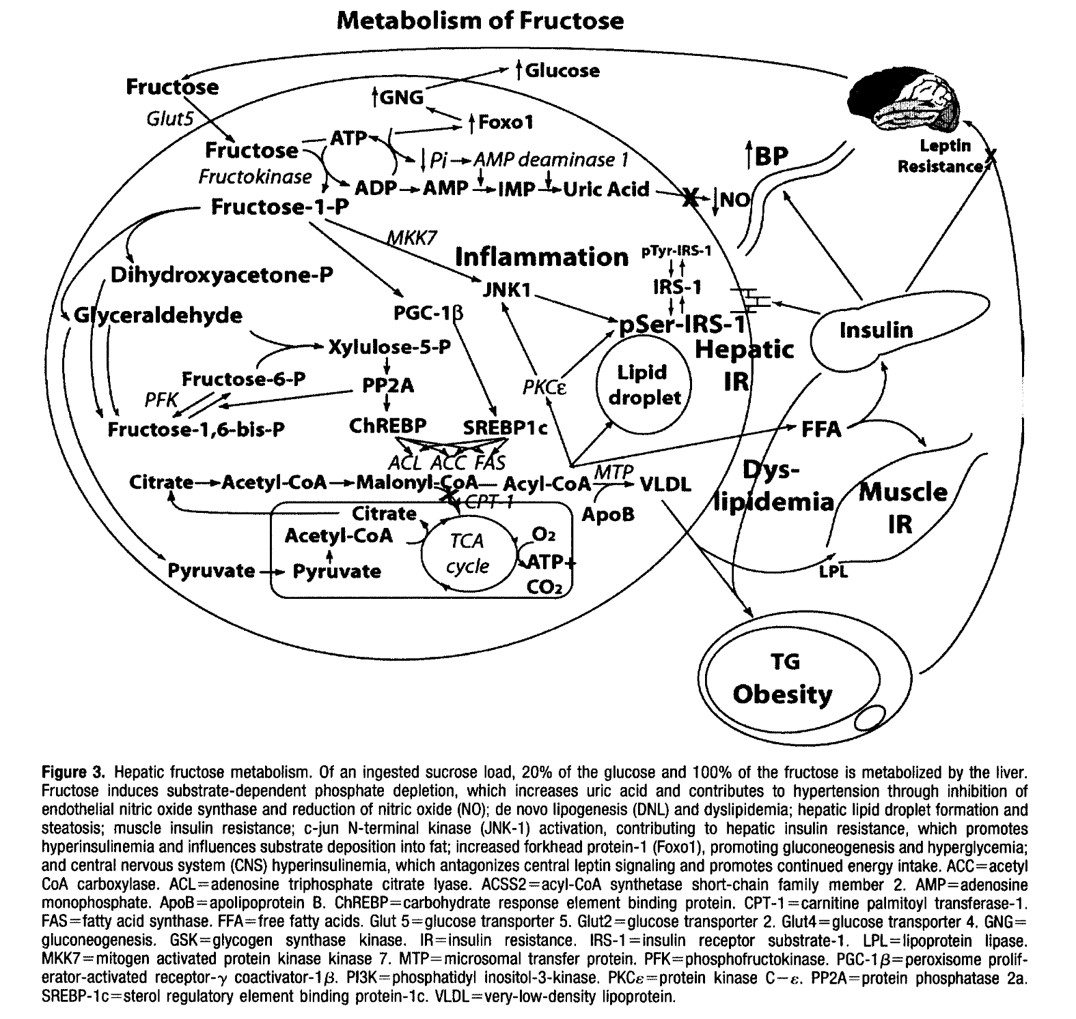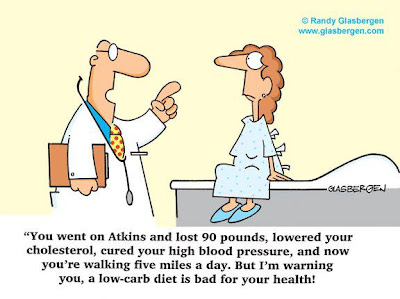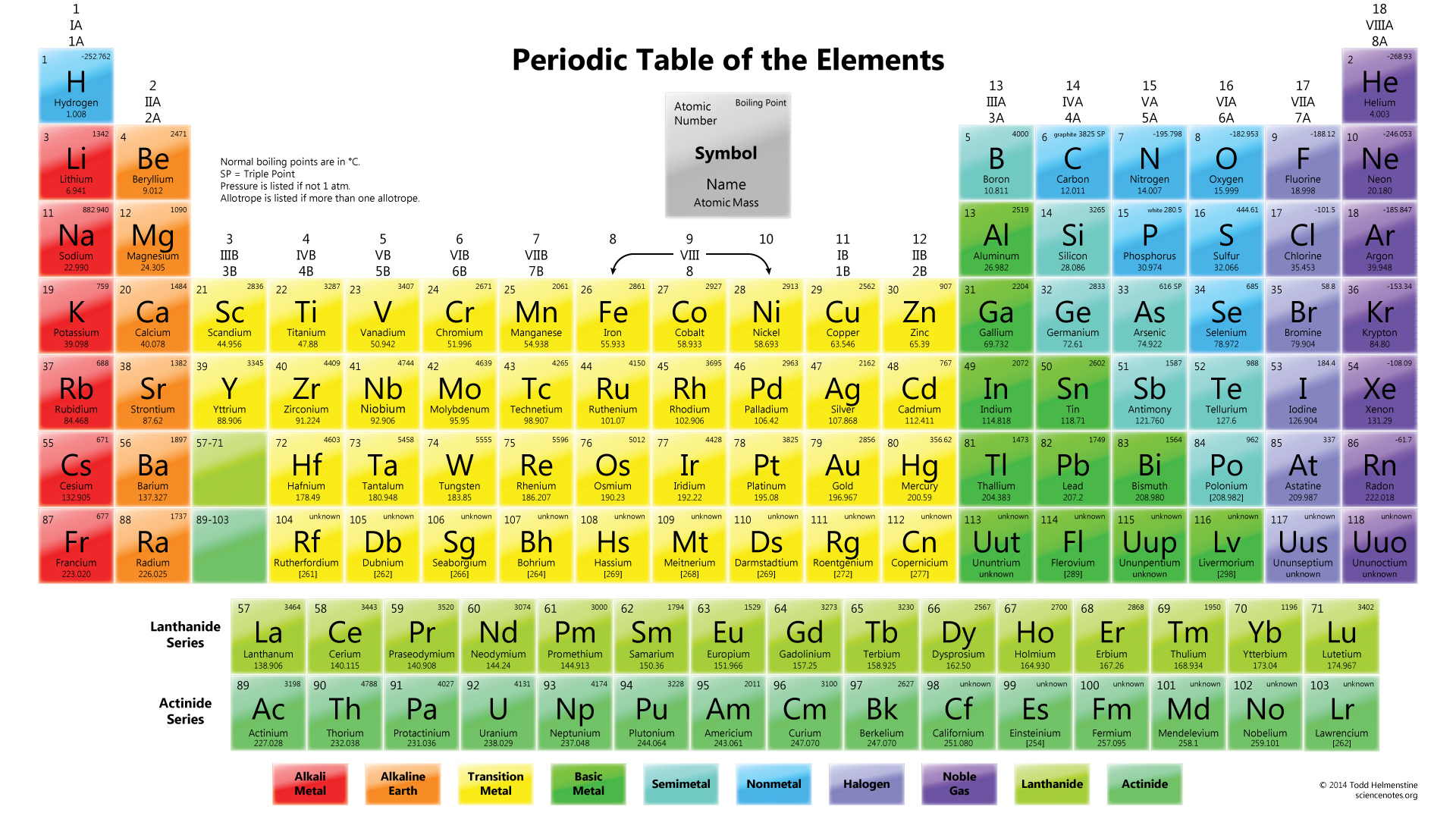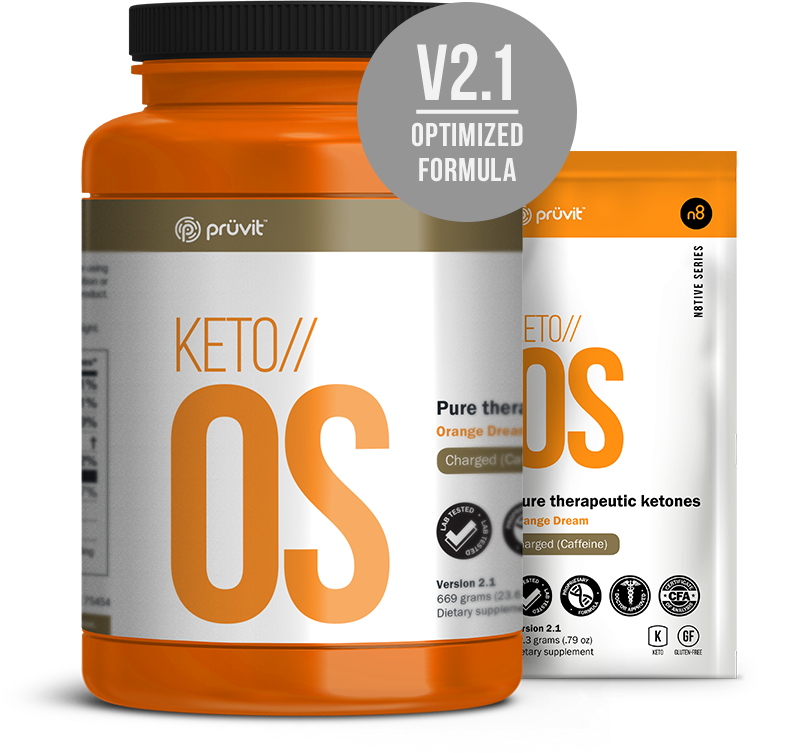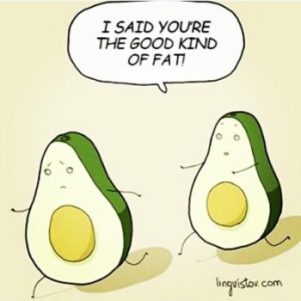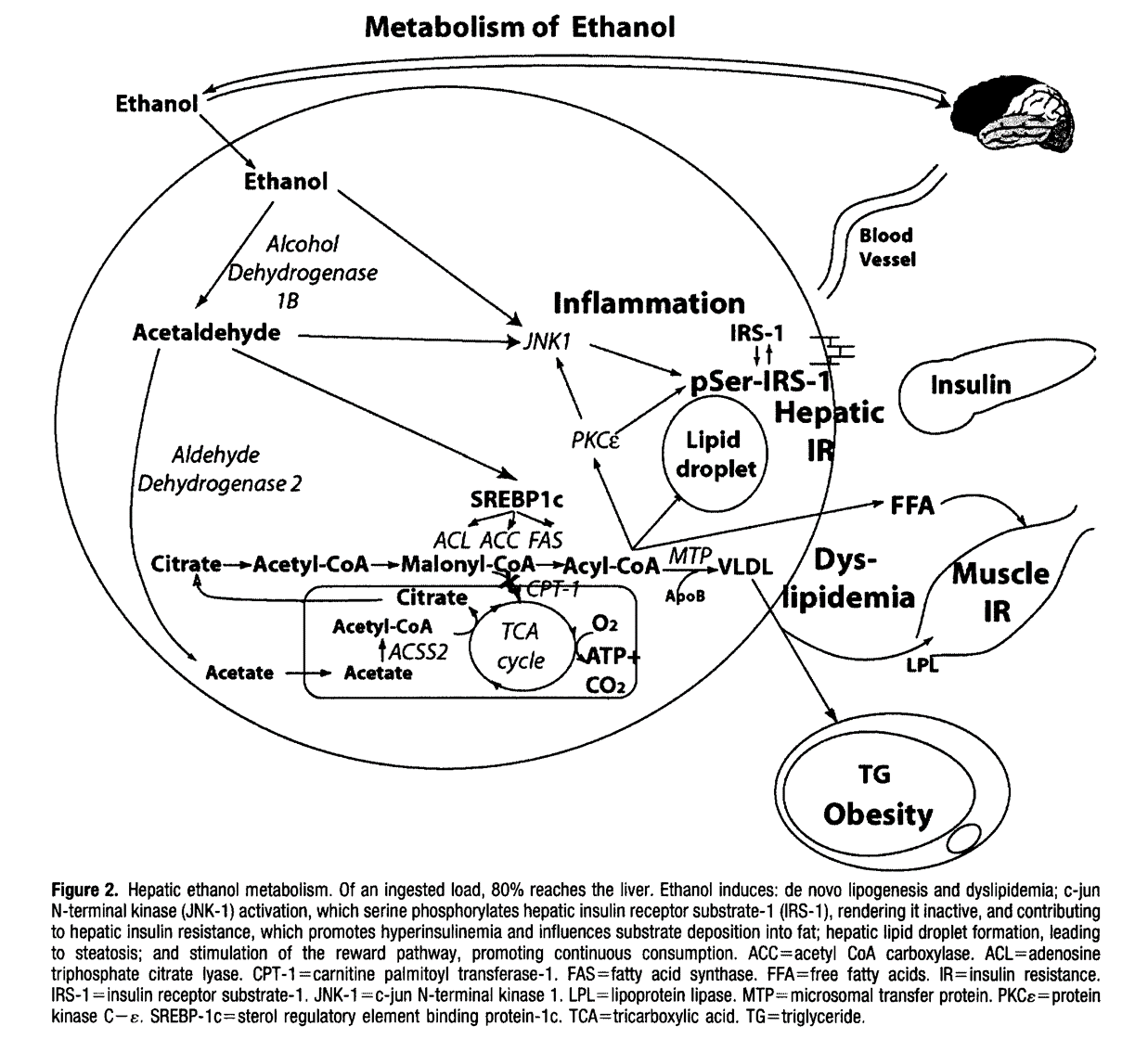In past posts, we’ve discussed how to effectively and efficiently lose weight and open the gates of the fat cells. We’ve talked about the keys to the back doors of the fat cells that must be opened to create effective lipolysis (releasing of fat from the fat cells) and weight reduction.
I want to focus, today, on another key found in the brain. The brain neuropeptides play a huge role in metabolic balance of the body and have direct relationships to anxiety, stress and post-traumatic stress disorder (PTSD). In the last few years, research into the hormones of the brain (neuropeptides) and body demonstrates that the “autonomic nervous system” plays a very significant roll in losing weight.
The autonomic nervous system is the part of the nervous system responsible for “fight or flight responses.” If a bear rises up in front of you while you are strolling in the woods, and begins to chase you, the autonomic nervous system kicks in to speed up the heart rate, shunt blood to the muscles and turn down the processing of food in the gut while you run from or fight the bear. This autonomic nervous system is also the system that links emotions (like happiness, sadness, stress, anger, depression) between the conscious and subconscious mind and creates the attachments of these emotions to specific memories.
The Divided Mind and Disease
A disconnect or poor communication between our conscious mind and subconscious mind wreaks havoc in the balance between memory, emotion, cognitive function, endocrine glands and immune system. One example of this is the onset of panic attacks for no reason. Another example is chronic fatigue and many symptoms found in autoimmune diseases. This same autonomic nervous system, when malfunctioning, plays a significant roll in our ability to lose weight. The subconscious mind triggers the autonomic nervous system without the conscious mind’s involvement.
Thanks to the work of John E Sarno, MD, and Candace B. Pert, PhD, the link between our subconscious mind and the autonomic nervous system is much more clear. This opens the door to our understanding how the subconscious mind can have a profound effect on obesity.
This field of research requires one to understand a concept about the psyche initially outlined by Dr. Sigmund Freud and his colleague Dr. Josef Breuer (the Father of Psychoanalysis) in the 1880’s. Misconceptions regarding the basic drives of the human psyche aside, they identified through their clinical evaluations that the human psyche is made up of three parts, the subconscious (the id), conscious (the ego), and the super-conscious (the superego). They identified an essential concept that the subconscious is a more primitive and childish component of the mind functioning much more instinctually, and that the ego and super-ego house the intelligent, ethical, and moral consciousness. They also identified that a split or division can arise between these two partitions causing physiological conflict to arise (i.e. – onset of a panic attack for no reason).

It is important to understand, as Freud pointed out, that you cannot divide the mind into neat compartments suggested by these three divisions. The mind acts as a single unit. However, understanding the “id” and it’s instinctual functions being tied to the autonomic nervous system is central to understanding how subconscious can derail weight loss.
Freud and Breuer identified in their Studies on Hysteria that a simple subconscious idea or instinct could be strong enough to exert powerful physical responses without sufficient intensity to become conscious thought recognized by the individual. This means that a physiologic motor response in the body could be stimulated without being conscious of the reason for the stimulus. They, along with Jean-Martin Caharcot, Alfred Alder, Franz Alexander and Allan Walters, witnessed this multiple times clinically. They came to the conclusions that pain and other nervous functions could originate and could actually be created by the mind.
The Mind has the Power to Create Disease
Dr. Pert’s research over the last 40 years has been able to clearly identify a communication system between the brain, the endocrine system and the immune system. Dr. Pert’s research identified that memory and/or subconscious idea is directly tied to emotion through the brain hormones called neuropeptides that, when triggered, reproduce stored memory, emotion physical autonomic responses (like changes in heart rate, dry mouth, dilation or constriction of the pupils, sweating of the palms or trunk, chest pressure, etc) and even auto-immunity.
Memory, Emotion & Storage Controlled by Neuropeptides
Neuropeptides also participate in memory sorting, storage and recall . In his recent book, Beyond Order, the clinical psychologist and professor Dr. Jordon Peterson explains that the miracle of memory is not that we remember, the miracle of memory is that we forget and that we only remember what is necessary. The miracle of memory is that we only remember those things that are important and teach us meaning. Because we can forget, we don’t drag the horrible details of the past along with us. Our memories allow us to get free of the past. All you need is three sleepless nights in which you cannot dispense with the past and you would understand that life would be a literal hell if we cannot dispense with the day, the memory and the emotions of each day. We must renew ourselves in this cyclical unconsciousness we call sleep and resetting of the memory. It is during this time that memory, emotion and neurohormones are tied together.
Anxiety Provoking Memories are Experiences that Still Need Unpacking

Other Hormones associated with Anxiety and Obesity
The Search for Individual Meaning is The Deepest of Human Instincts
Anxiety Arises from Naivete
What does anxiety, chronic stress and PTSD have to do with obesity and weight gain?
Signals in our environment from very stressful life experiences on a daily basis, chronic underlying stress, chronic anxiety, radiation exposure, infectious organisms (such as bacteria and viruses), xenobiotic chemicals, allergens, intestinal bacterial metabolites and food-derived bioactive substances (including phytochemicals), all have influence on messages received by our genes that then influences their expression. Gene expression can turn on and off neuropeptides. This can effect the autonomic nervous system turning the metabolism up or down. The expression of our genes in turn controls our health and disease outcomes. This is one of the reasons COVID-19 seems to effect some people more dramatically than others.
The hormonal counterbalance of blood sugar is regulated, in part, by the autonomic nervous system. Changes to this system increase or decrease cortisol & glucose production, thereby affecting production of insulin and other weight mediating hormones. Changes in neuropeptides from stress or anxiety can act just like eating a meal.
As blood sugar falls, the autonomic nervous system responds to balance the blood sugar. If this system is dysfunctional or under chronic stress, cortisol and adrenalin will cause higher blood sugars due to the stress response and can trigger increased hunger inappropriately.
This is why chronic stress, poor sleep, or even getting cut off while driving in traffic is the equivalent of eating a donut to your hormone responses. If you’re not exercising, theses hormones will cause weight gain without any change in your diet, and even with caloric restriction.
How Do You Combat Chronic Stress or Anxiety?
- Exercise – Because these hormones are released subconsciously, the only way to help control them is regular and consistent physical activity or exercise. Exercise, 20-40 minutes 3-6 days per week, is often the only way my patients have been able to combat the weight gain from chronic stress, anxiety and PTSD.
- Adequate Protein – Recent studies have demonstrated that hitting protein thresholds in men ( > 150 grams per day) and women ( > 90 grams per day) increased growth hormone and decrease insulin, helping to offset the negative effect of stress and anxiety. This is a key component of a ketogenic or carnivorous lifestyle.
- Sleep -Lack of sleep has been implicated in difficulty with weight loss and weight gain. Lack of sleep places the body into a state of chronic stress. This elevates cortisol, lowers testosterone, increases insulin (there’s that insulin problem, again) and increases the other inflammatory hormones. This perfect storm of stress, driven by lack of restful sleep, plays a big role in fat loss. My average patient needs at a minimum of 6-7 hours of restful sleep to maintain and lose weight. This is where untreated sleep disorders like sleep apnea play a big role. If you have sleep apnea, get it treated. What else can you do to help improve sleep?
- Remove the computer, iPad and cell phones from the room.
- Lower the room temperature. Men sleep better around 68-70 degrees F and women sleep better when the temperature is <70 degrees F.
- Close the blinds or shades to add or darken the room.
- Don’t study or watch TV in the same room you sleep in. Your body gets used to doing certain activities in certain rooms of the house. The bedroom should be reserved for sleep.
- Go to bed at the same time
- Get up at the same time.
- Journaling – Daily journaling of experiences is one of the most powerful keys to helping the brain sort powerful emotions related to anxiety and memory.
- Meditation – I’ve created a 23 minute relaxation/meditation audio file that you can listen to for 30 days to help change your subconscious script on weight loss. You can find it here.
- Some people need additional help through hypnosis. Talk to your doctor about a certified hypnotherapist near you. If you are a patient of Dr. Nally’s, he offers these services. Set an appointment today.
- Additional Resources – If this information is helpful, you may find additional interest in the following books:
- “Loving What Is ” by Byron Katie
- “Overcoming Worry and Fear” by Paul A Hauck
- “The Joys of Living” by Orison Swett Marden
What to Expect
It may take your body and body’s biorhythm 3-4 weeks to adjust to changes you make around exercise, journaling, protein & sleep habits. Be patient with yourself.
Knowing that these challenges plague people on and off throughout the year, and, seeing people get hung up on these issues, I’ve created the Ketogenic Lifestyle 101 Course. This program gets you jump-started into ketosis and gives you the tools to overcome the individual hurtles you will experience on your health journey.















 So, how do you manipulate the hormones in a way to control the rebounding hunger and suppression of metabolism? This is where we put a bit of twist on the knowledge we’ve gained from alternate day fasting. Recent research shows that “mild” energy deficit in a pulsatile manner, that has the ability to mimicking the body’s normal bio-rhythm’s is dramatically effective in reducing weight and maintaining normal hormonal function without cause of rebound metabolic slowing (4).
So, how do you manipulate the hormones in a way to control the rebounding hunger and suppression of metabolism? This is where we put a bit of twist on the knowledge we’ve gained from alternate day fasting. Recent research shows that “mild” energy deficit in a pulsatile manner, that has the ability to mimicking the body’s normal bio-rhythm’s is dramatically effective in reducing weight and maintaining normal hormonal function without cause of rebound metabolic slowing (4).









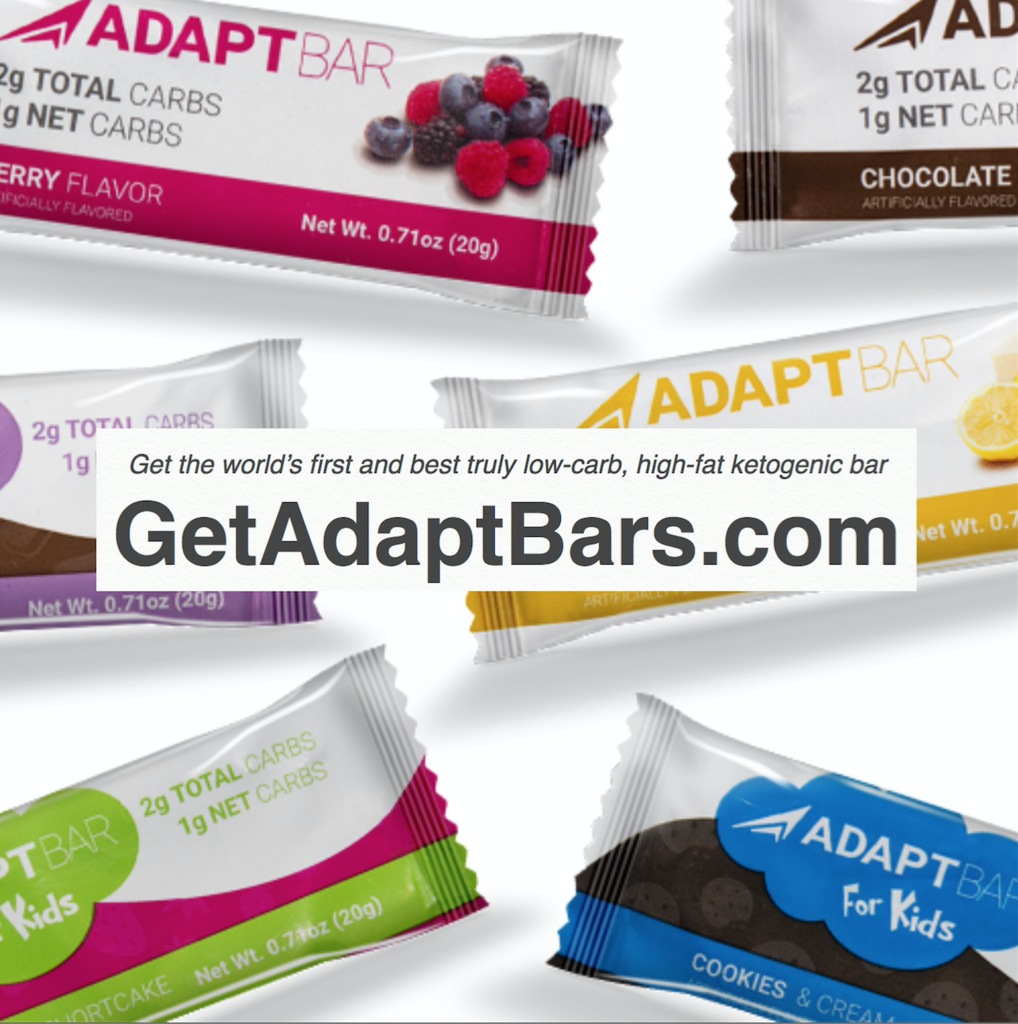
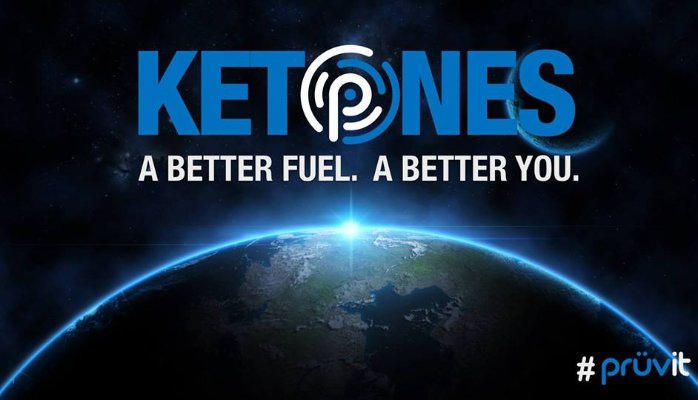
 the underlying cause. I see this problem in a very large majority of the people in my office and I am seeing people younger and younger show up with continually increasing blood pressure.
the underlying cause. I see this problem in a very large majority of the people in my office and I am seeing people younger and younger show up with continually increasing blood pressure.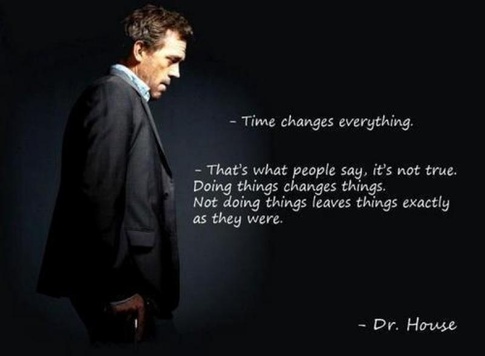
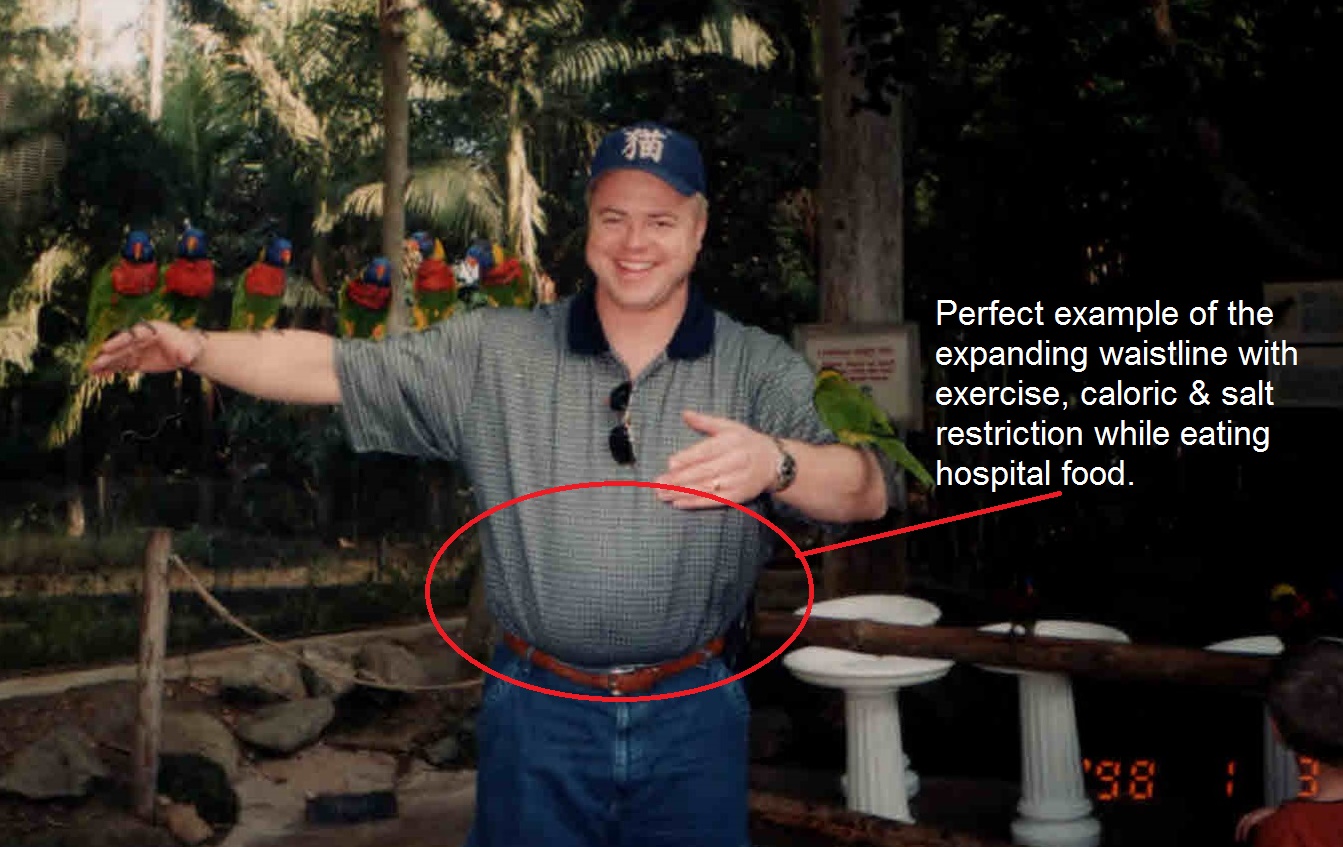

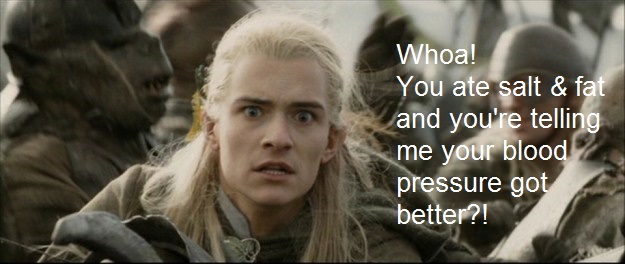
 begin to back down their blood pressure medications, they would experience symptoms of dizziness, light-headedness, headache and a few patient’s nearly passing out. On a low-carbohydrate, high-fat (ketogenic) diet you need salt (sodium, potassium, & magnesium).
begin to back down their blood pressure medications, they would experience symptoms of dizziness, light-headedness, headache and a few patient’s nearly passing out. On a low-carbohydrate, high-fat (ketogenic) diet you need salt (sodium, potassium, & magnesium).